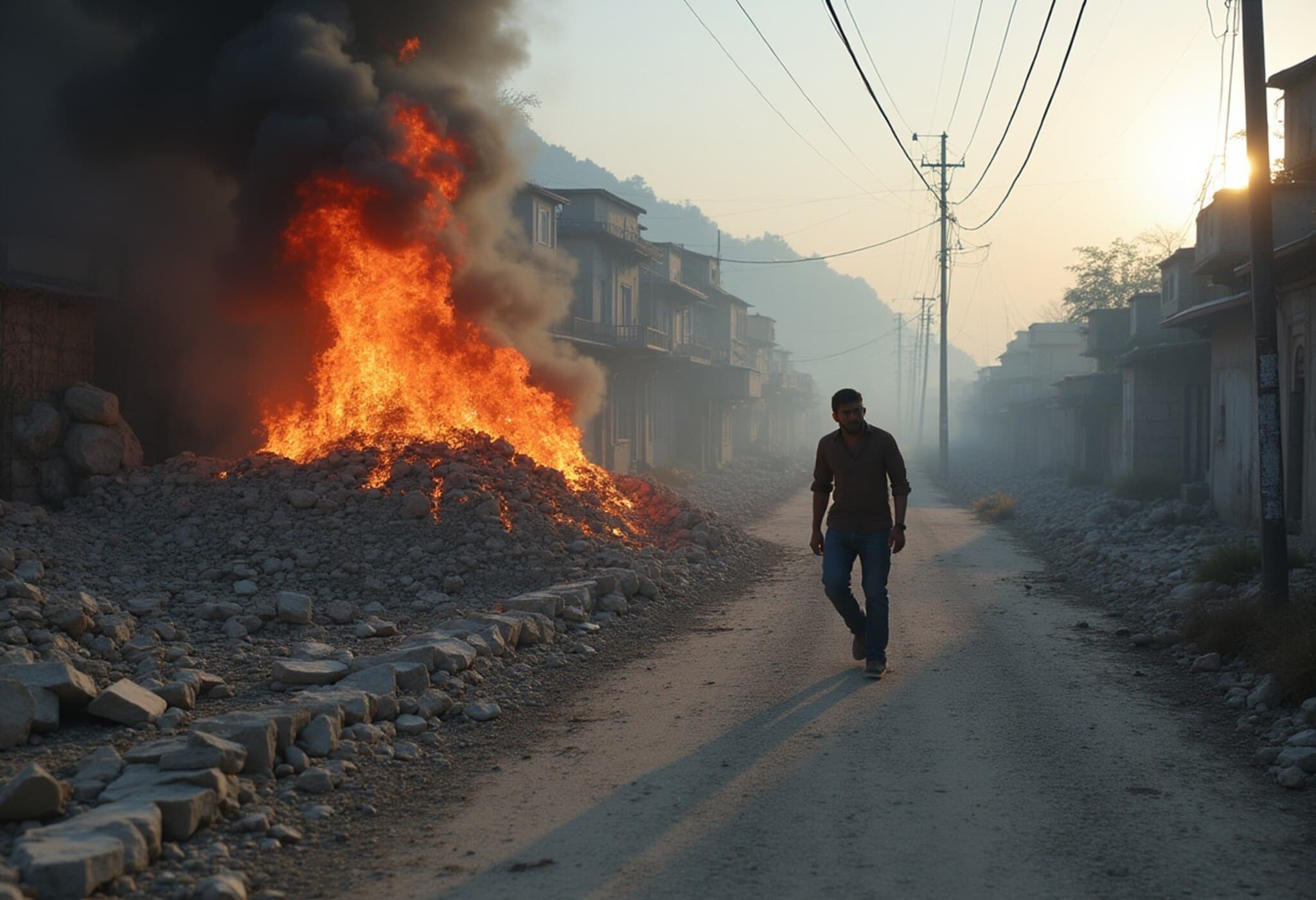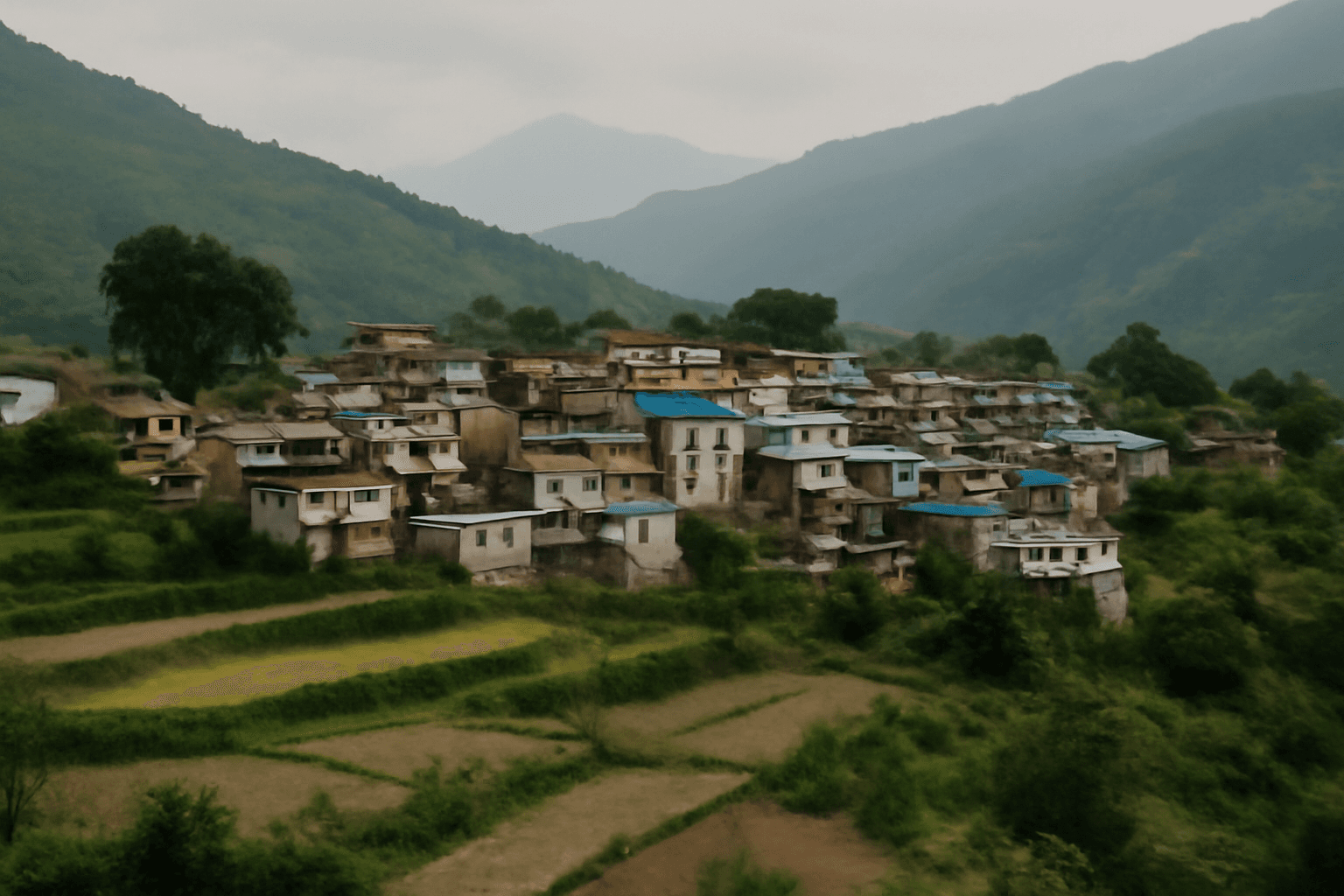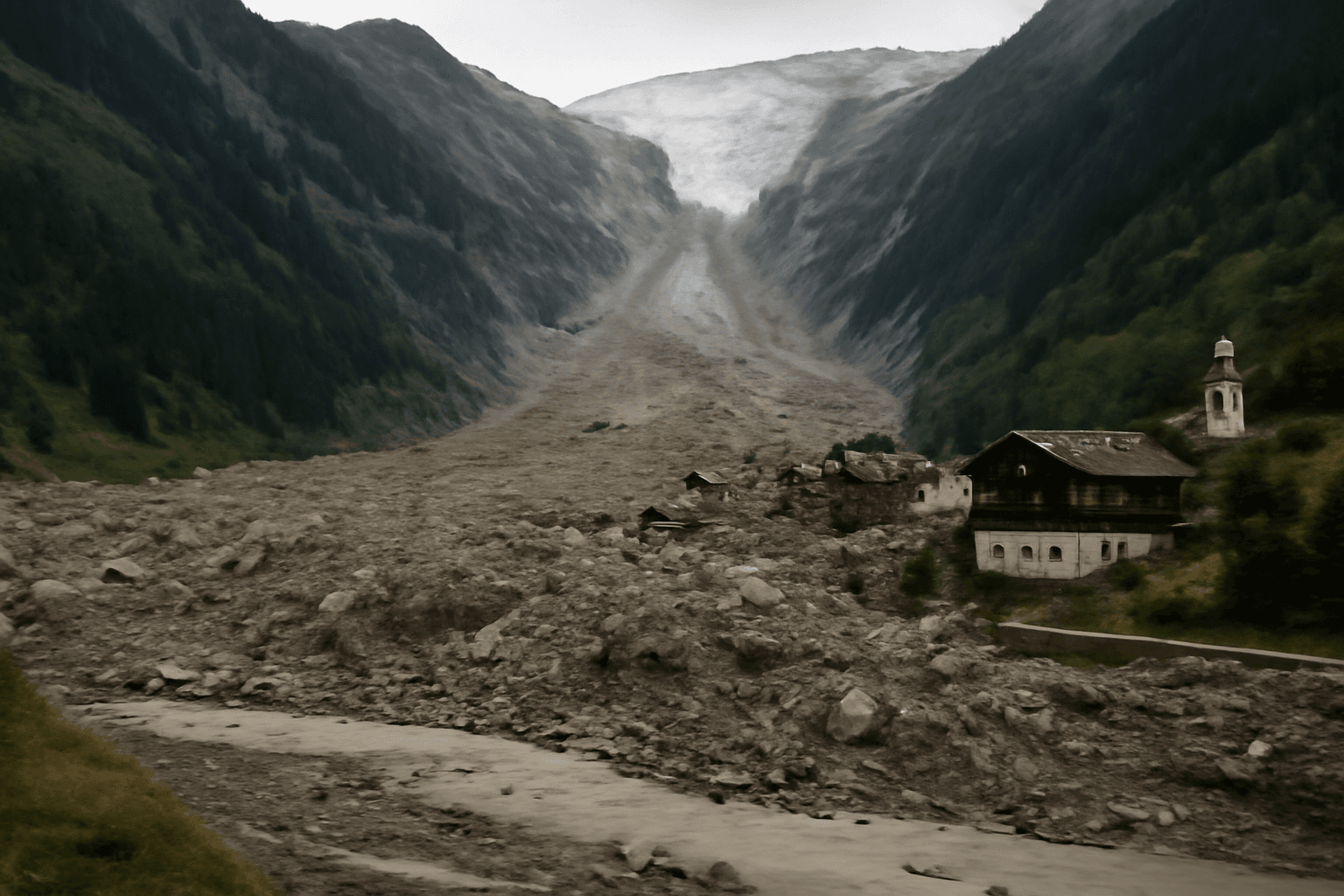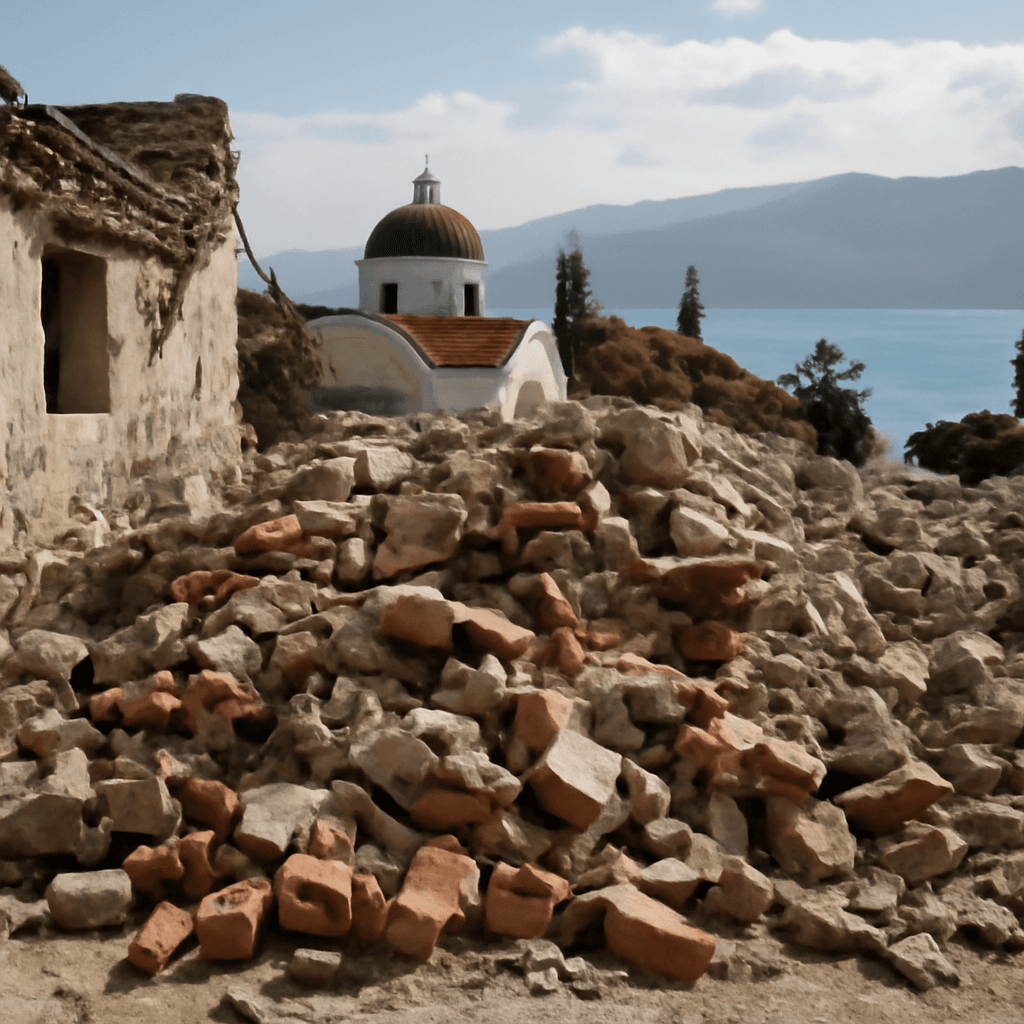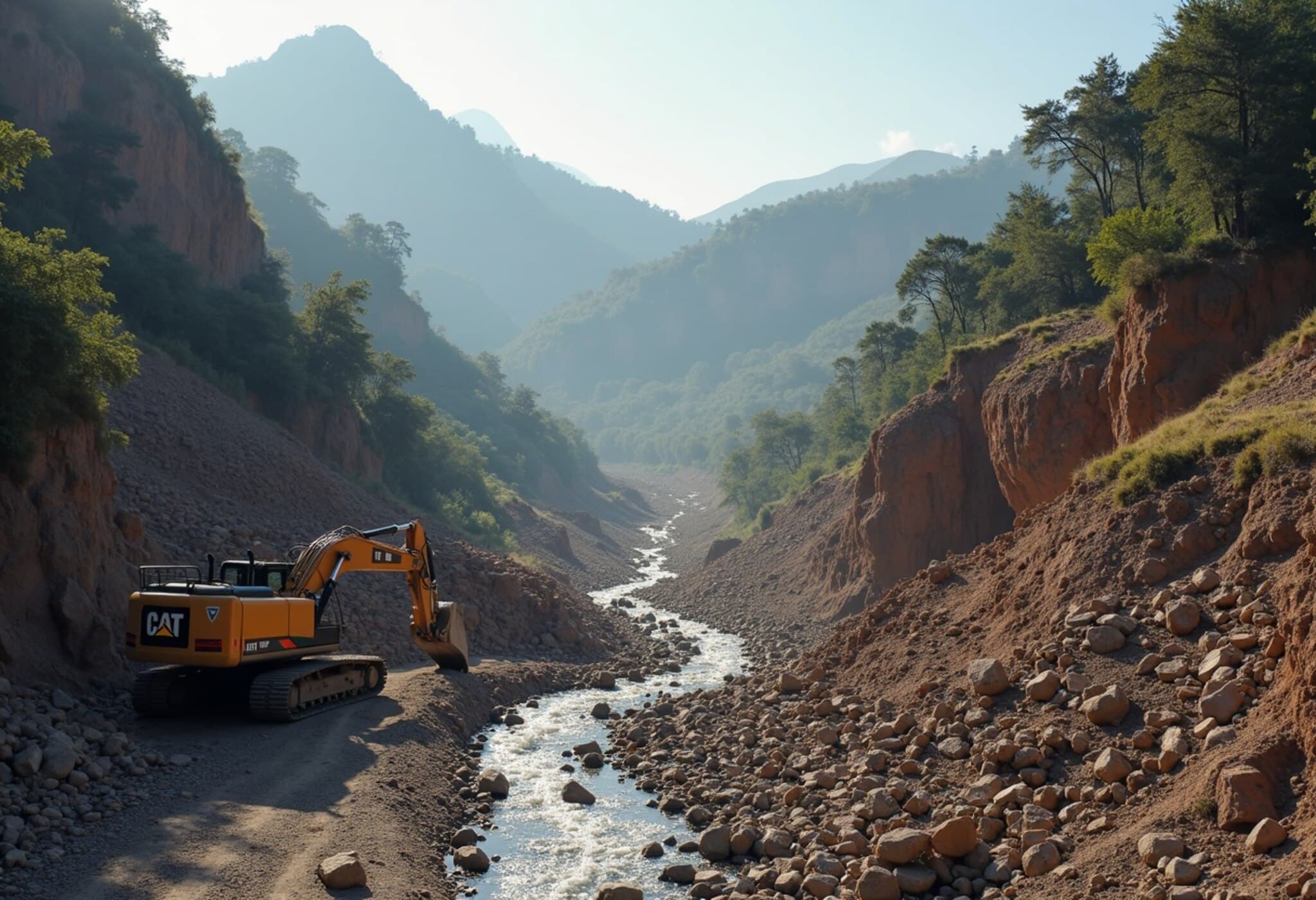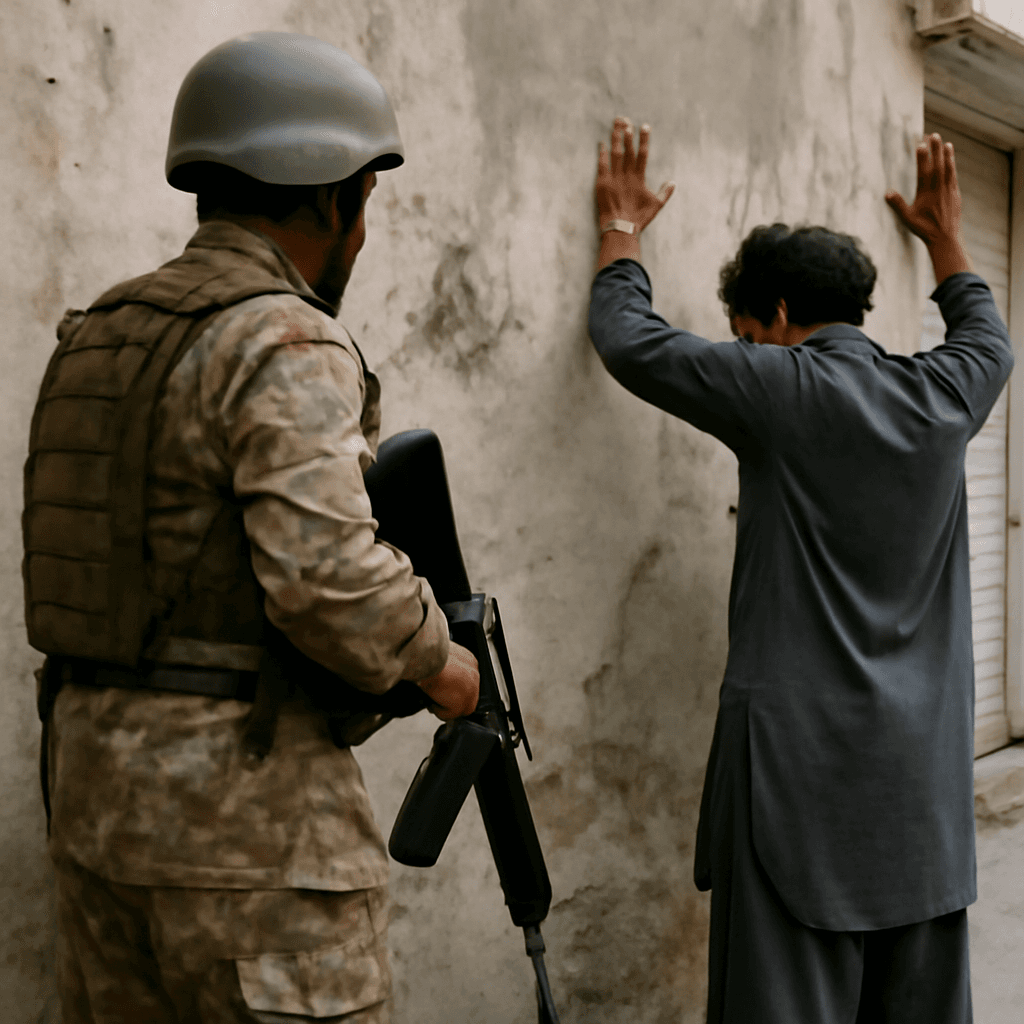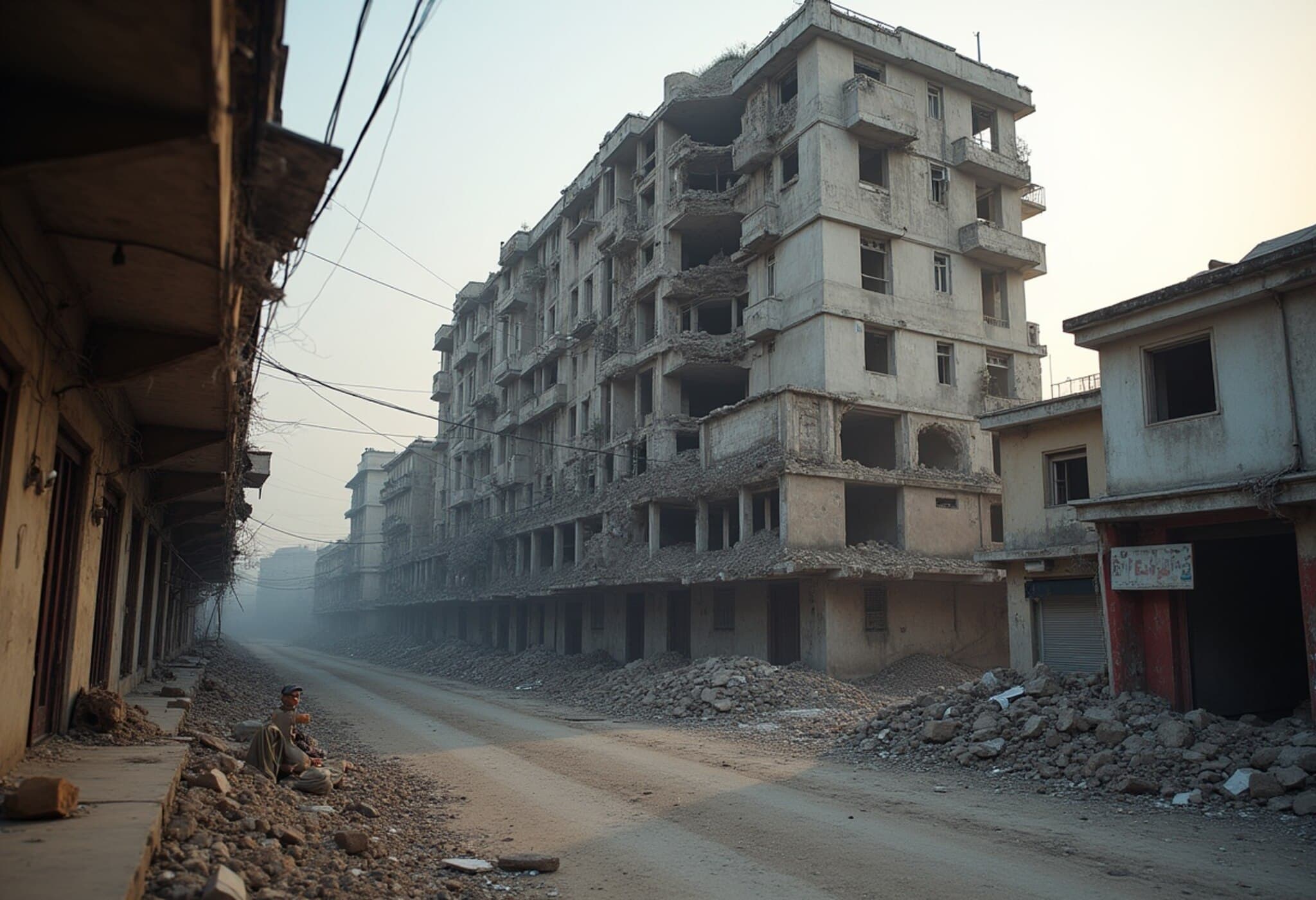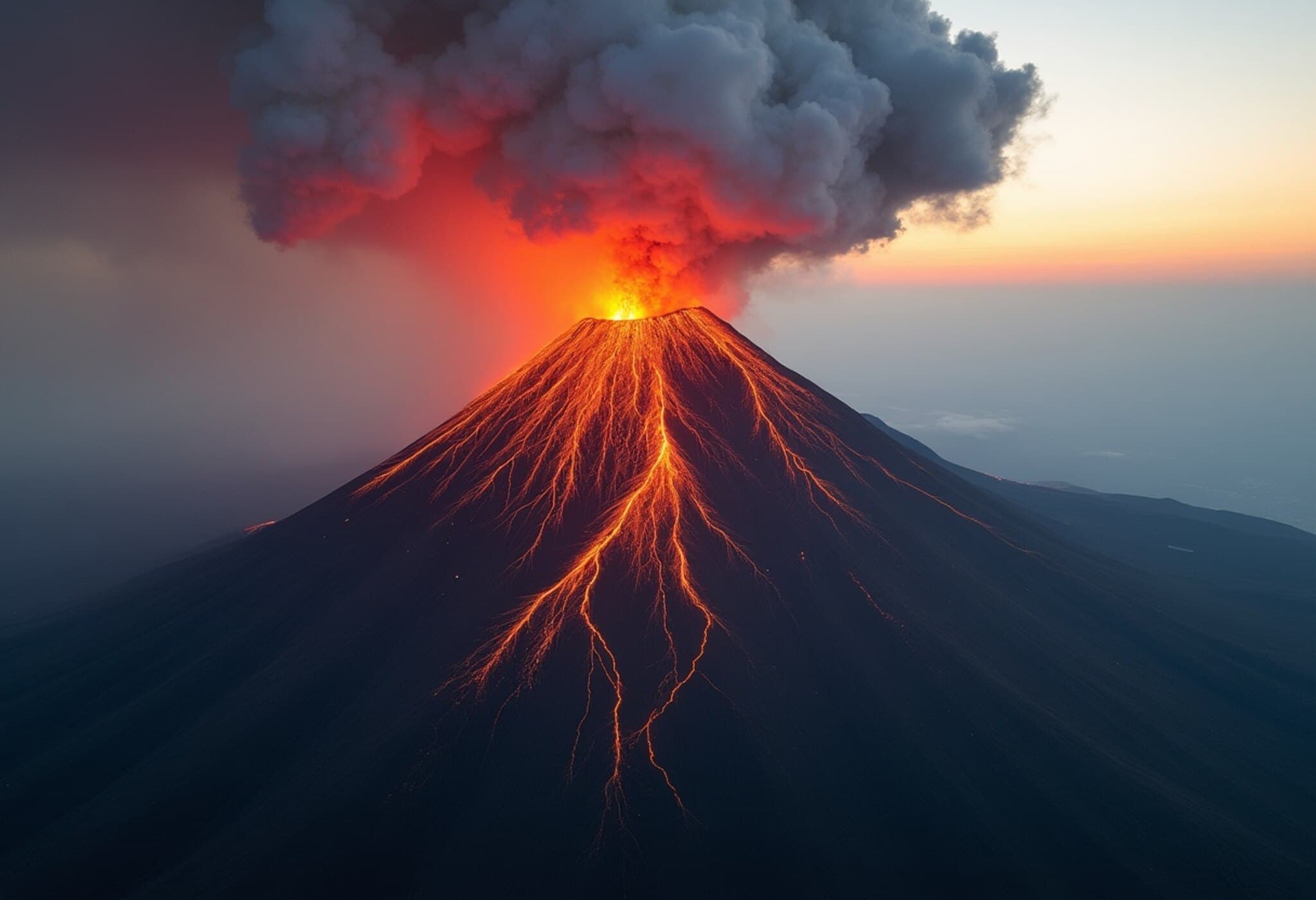5.4 Magnitude Earthquake Strikes Pakistan, Triggering Widespread Panic
In the early hours of Saturday morning, a 5.4 magnitude earthquake shook several regions across Pakistan, sending tremors through Khyber Pakhtunkhwa, Punjab, and the capital city Islamabad. Despite the intensity of the quake, authorities have confirmed there were no casualties or significant property damage.
Epicenter Located in Afghanistan’s Hindukush Mountain Range
The National Seismic Monitoring Centre (NSMC) reported the earthquake struck at 2:04 AM PST, emanating from a depth of approximately 102 kilometers beneath the earth’s surface. The epicenter was traced back to the Hindukush mountain region in Afghanistan, a seismically active area known for frequent tectonic movements.
The effects were felt beyond Pakistan’s borders, with tremors reported in parts of Afghanistan and Tajikistan. Within Pakistan, the quake was strongly felt not only in Khyber Pakhtunkhwa but also in various districts across Punjab, including major cities like Lahore, Rawalpindi, and Gujranwala.
Affected Cities and Regions in Pakistan
Residents across multiple districts shared their experiences as they felt the earth quake beneath them. Areas in Khyber Pakhtunkhwa such as Peshawar, Swat, Malakand, and Abbottabad, along with parts of Punjab ranging from Lahore to Muridke, reported the tremors. In Islamabad, the sudden shaking prompted many to rush outside, often reciting Quranic verses in moments of fear and reflection.
Pakistan’s Relationship with Earthquakes: A History of Vulnerability
Pakistan’s geographical position at the confluence of the Indian and Eurasian tectonic plates makes it a hotspot for seismic activity. These plates collide and create a complex network of fault lines including the Main Central Thrust, contributing to significant earthquake risks particularly in northern and northwestern regions like Khyber Pakhtunkhwa and Gilgit-Baltistan.
Even Punjab, located at the fringes of the Indian plate, experiences occasional tremors, while Sindh, though traditionally less earthquake-prone, also faces some risks due to tectonic shifting.
Historically, Pakistan has witnessed devastating earthquakes such as the 1945 Balochistan earthquake, which reached a magnitude of 8.1 and caused widespread destruction.
Understanding the Deeper Implications
The recent tremor serves as a timely reminder of Pakistan’s ongoing vulnerability to seismic events. While no immediate damage was reported, the widespread panic underscores a need for improved earthquake preparedness and public awareness programs that combine scientific understanding with community resilience strategies.
Experts emphasize that urban centers, especially in rapidly growing cities like Islamabad and Lahore, should invest in stricter building codes and emergency response infrastructures to mitigate risks from future, potentially more severe earthquakes.
Moreover, as climate and geological studies evolve, integrating seismic risk data into national development policies will be crucial for safeguarding lives and property.
Editor’s Note
This early morning earthquake rattled a broad stretch of Pakistan, sparking fear but no physical harm—a fortunate outcome given the nation’s quake-prone nature. It invites reflection not only on geological risks but also on the human capacity for resilience. How can Pakistan strengthen its preparedness to face stronger quakes in future? How might cross-border cooperation with Afghanistan and neighboring countries improve seismic monitoring and early warning systems? These questions remain central as scientists, policymakers, and communities grapple with the challenges of living on volatile fault lines.
Staying informed, fostering regional collaboration, and investing in preparedness could ultimately transform natural calamities from overwhelming tragedies into manageable crises.

